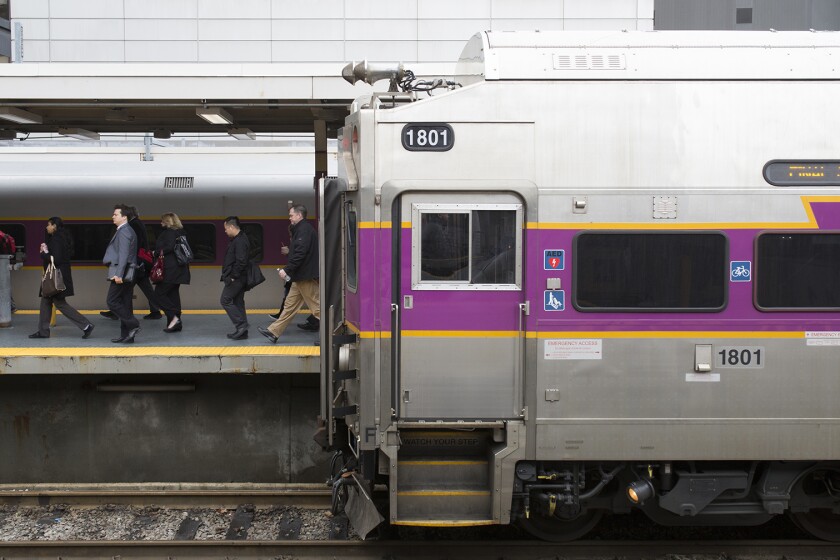After the fluid nature of the pandemic delayed a campaign that had been scheduled to begin last fall, the agency began a series of ads Tuesday to lure riders back to its system. Ridership initially dropped about 80 percent below previous levels when the pandemic began in March 2020 and remains about 60 percent below.
Last October, when the authority initially announced the ridership campaign, "just was not the right time," spokesman Adam Brandolph said, because the virus was still spreading through the community and work-from-home orders were still in place. Now, with a substantial portion of the population vaccinated and those orders lifted, it "made more sense" to begin the campaign, which primarily involves radio advertising, he said.
Mr. Brandolph said it is understandable some riders may not be comfortable using transit yet, but reminding them of the steps the agency is taking to keep people safe should help. Since the beginning of the pandemic, crews have increased sanitization of vehicles, stations and large stops from about once a month to daily. Additionally, all riders and operators are required to wear masks and drivers are separated from riders by Plexiglass shields.
For about a year, the agency operated with strict passenger limits to allow for social distancing, but there has been little change in ridership since it returned to full capacity three weeks ago. Overall, buses are no longer passing up riders because their bus reached its pandemic limit of riders, but the total number of riders hasn't really increased, Mr. Brandolph said.
The campaign will be presented in two segments, Safe to Go in which riders are reminded of the safety steps the agency has taken and Good to Go, where riders will be reintroduced to the system.
"Safe to Go is to ensure folks that we are doing everything we can to make sure they are safe and point out that there haven't been any instances of people getting infected on public transit across the country," he said. "For some people, it might feel a little weird for people to sit next to them that they don't know. We get that and will do all we can to make them comfortable."
The agency wants returning riders to check schedules and its website to see if there have been changes in their schedule or stop locations. Some routes that have shown strong ridership have had their trips increased while less busy routes have had trips reduced.
"We want riders to know we're ready for them if they're ready for us," Mr. Brandolph said.
The agency is aware of some studies that estimate it could take five years or more for full ridership to return to public transit, Mr. Brandolph said, and it might never happen if some companies allow employees to continue working from home.
Related Articles
Mr. Brandolph encouraged riders who want to board less crowded buses to use the agency's Room2Ride web page to see how crowded each trip has been in the past two weeks and TrueTime app to track vehicles and find out how many riders are on at that time. They can then take an earlier or later trip that has less riders.
(c)2021 the Pittsburgh Post-Gazette. Distributed by Tribune Content Agency, LLC.









